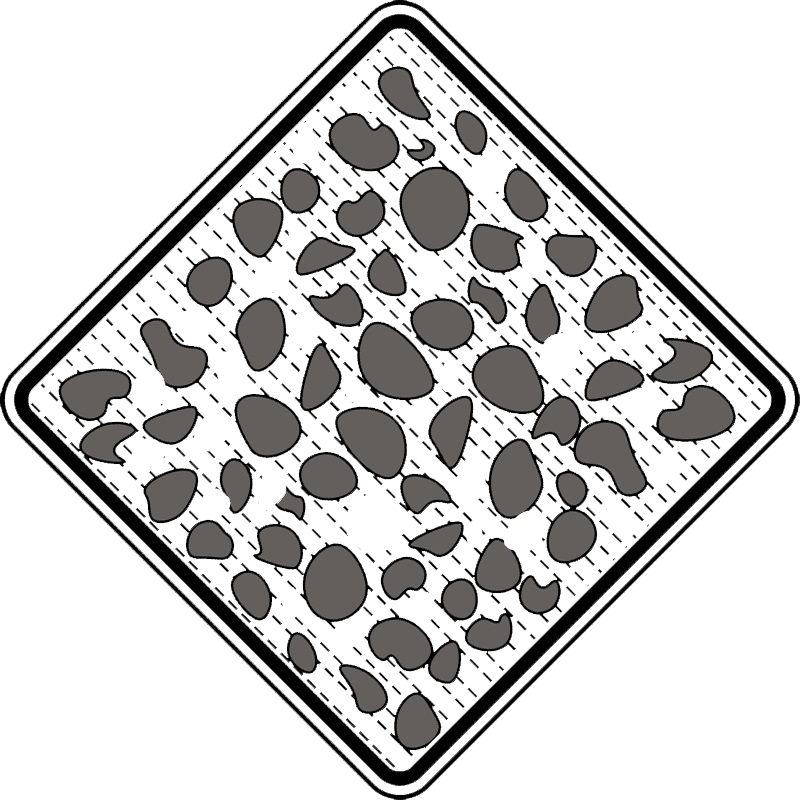
ESE NOTES is a website dedicated to education. We hope that the information on this website will be useful to students and those preparing for competitive exams.
This educational website also aims to inform visitors who want to learn more about various subject areas. Finally, we hope that this website will aid readers in gaining a better understanding of the various topics.
CalculationClub.Com
If you’re looking for a website that provides all types of calculators and conversion tools, then CalculationClub.com is your final destination. Whether you are a student, professional, or just curious, CalculationClub offers a variety of tools to help you solve any type of problem. Our collection includes unit converters, random generators, text tools, and much more.
Hello, Engineers! Are you searching for the latest handwritten Hydraulic Machines notes? If yes, then you are on the right platform. Total 5 Chapter Covered in this Notes.
Hello, Engineers! Are you searching for the latest handwritten Fluid Mechanics Notes PDF? If yes, then you are on the right platform. Total 14 Chapter Covered in this Notes.
Hello, Engineers! Are you searching for the latest handwritten Airport Engineering Notes PDF? If yes, then you are on the right platform. Total 9 Chapter Covered in this Notes.
Hello, Engineers! Are you searching for the latest Railway Engineering Notes by Jaspal Sir? If yes, then you are on the right platform. Total 12 Chapter Covered in this Notes.
SUBJECT
Hello, Engineers! Are you searching for the latest handwritten Hydraulic Machines notes? If yes, then you are on the right platform. Total 5 Chapter Covered in this Notes.
Hello, Engineers! Are you searching for the latest handwritten Fluid Mechanics Notes PDF? If yes, then you are on the right platform. Total 14 Chapter Covered in this Notes.
Hello, Engineers! Are you searching for the latest handwritten Airport Engineering Notes PDF? If yes, then you are on the right platform. Total 9 Chapter Covered in this Notes.
Hello, Engineers! Are you searching for the latest Railway Engineering Notes by Jaspal Sir? If yes, then you are on the right platform. Total 12 Chapter Covered in this Notes.
In Rapidly Varied Flow (R.V.F), a sudden change of depth occurs at a particular point of a channel and the change from one depth to another takes place at a distance of very short length.
Unsteady flow also called 'Transient Flow', occurs in the open channel when the discharge or depth or both vary with respect to time at a given section.
In compass surveying each control point is established with the help of linear and angular measurements and this process is termed as traversing. Traverse, Meridian, Bearing are discussed in detailed.
Compass Surveying (Fore Bearing And Back Bearing, Magnetic Declination, Angle of Dip)
Bearing measured from one station to adjacent next station in the direction of traverse is called fore bearing. Back Bearing, Magnetic Declination, Angle of Dip are discussed in detailed.
Compass is a survey instrument used for the measurement of horizontal angles and the bearing of a line of sight.Surveyor Compass and Prismatic Compass are discussed in detailed.
Traverse Survey (Latitude And Departure, Closing Error, Relative Precision, Bowditch’s Rule, Transit Rule)
In traverse survey, latitude and departure, checks in a closed traverse, closing error, relative precision, bowditch’s rule, transit rule are details discuss.
Shrinkage Index, Shrinkage Ratio, Volumetric shrinkage, Linear Shrinkage, Plasticity Index | Properties of Soil | Soil Mechanics
Shrinkage Index is the range of consistency in which soil is in a semi-solid state of consistency. It is defined as numerical difference of plastic limit & shrinkage limit.
Shrinkage Limits is defined as maximum water content at which reduction in the water content of soil does not lead to reduction in the volume of soil.
Plastic Limits is defined as the minimum water content at which soil is in the plastic stage of consistency or behaves like a plastic material. At plastic limit soil passes plastic state of consistency to a semi-solid state of consistency & visa-versa.
Liquid Limits are defined as the minimum water content at which soil has a tendency to flow. At liquid limit soil passes liquid state of consistency to plastic state of consistency & visa-versa.


